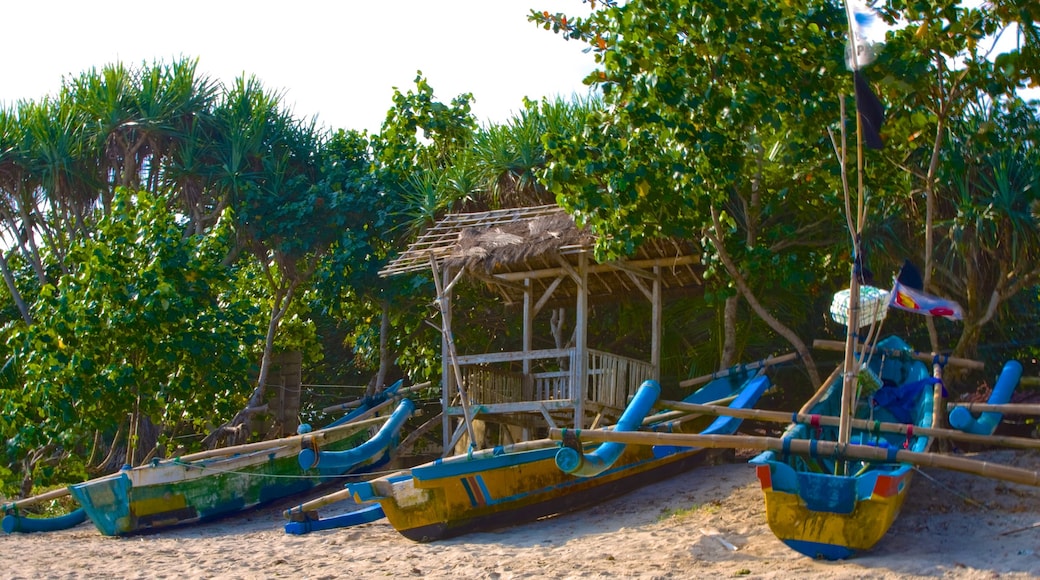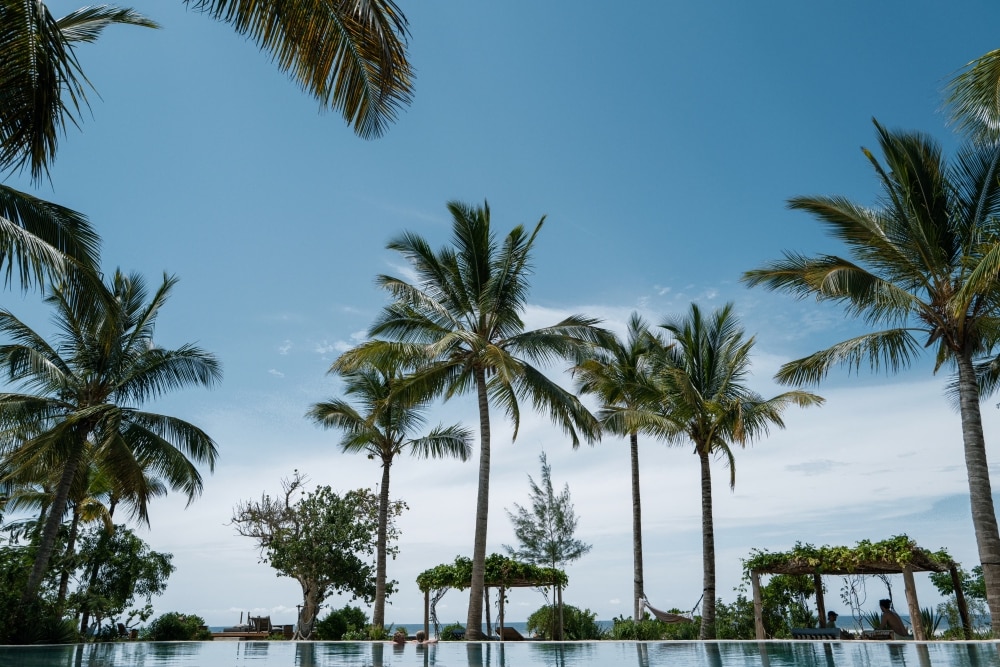Java’s ancient heartland, this central region features Buddhist, Hindu and Islamic monuments set against a backdrop of simmering volcanic mountains.
With its beauty, history and mesmerizing landscape, Central Java is a captivating region within Indonesia’s largest and most populated island. Ancient monuments, religious landmarks and magnificent architecture make Central Java a relaxing alternative to the urban sprawls of the island’s east and west. Explore picturesque Yogyakarta, see impressive UNESCO World Heritage Sites or climb to the crater of an active volcano.
Get an introduction to Javanese traditions and culture in Yogyakarta, known affectionately to locals as Jogja. The city’s architecture ranges from traditional Buddhist temples to ornate mosques and colonial Dutch façades. Wander down beautifully preserved streets and admire the showcase of cultural heritage. Escape into a mystical world of swirling batik designs, shadow-puppet performances and gamelan music.
Visit the magnificent Sultan’s Palace (Kraton Ngayogyakarta) or Kota Gede, the capital of a former Islamic kingdom, to find a collection of splendid buildings, mosques and gardens. Today, you’ll find the old city streets lined with silver workshops. Check out the historic port city of Semarang or experience centuries of authentic Javanese tradition in Solo (Surakarta). Try local specialties of coconut-infused chicken and jackfruit, spring rolls and sweet bakpia pastries.
Walk among the breathtaking ruins of Prambanan, an ancient Hindu temple complex, or explore the monumental temples of Borobudur, a 9th-century Buddhist temple complex. More ancient religious monuments can be found in the Dieng Plateau, where centuries-old Hindu temples stand beneath conical volcanoes and plumes of sulfur steam.
If you are looking for a challenge, embark on a walk to the summit of an active volcano, the smoldering peak of Mount Merapi. Hire a guide and make the trek from the last village on the northern slopes. You can also go rafting at the Elo and Serayu-Progo rivers or explore the cave systems in Goa Barat Kebumen. Enticing tropical waters and coral gardens await in the marine national park of Karimunjawa.
Reach Central Java via plane to Yogyakarta or Solo. Major cities are linked by train. It is easy to get around by public bus, private car and taxi. Whether you’re indulging in a lavish hotel, enjoying a local homestay or camping on a volcano top, there’s accommodation to suit every budget and activity in Central Java.







